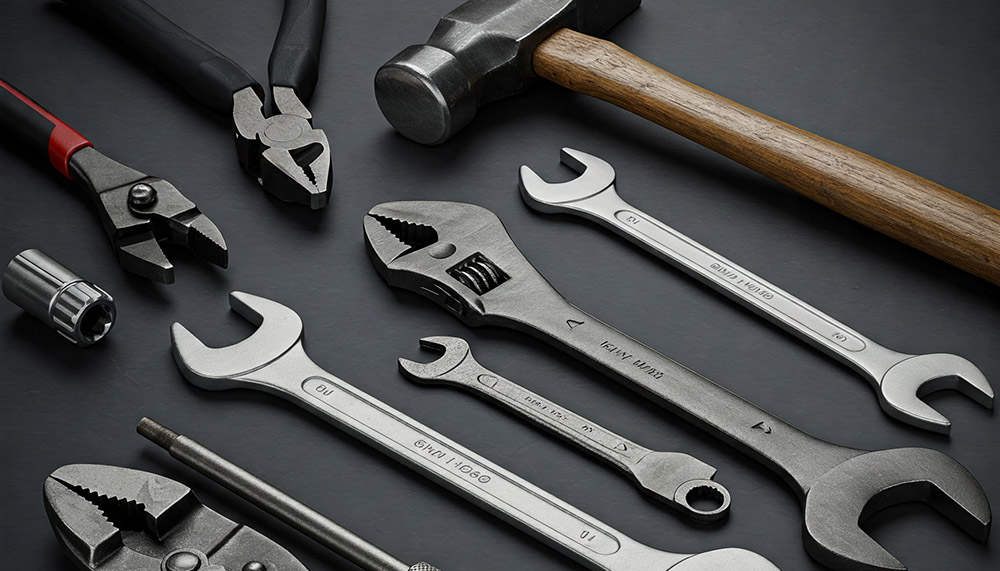Maintenance for Your Wooden Fruit Crate Stitcher: Tips for Users in America

The peak fruit production season is just around the corner, and with it comes the intensive work of stitching thousands of wooden crates that will transport your valuable produce from the field to the markets. To ensure an efficient, trouble-free campaign with maximum productivity, it’s crucial to fine-tune your wooden crate stitcher well before the rush begins. This preventative maintenance, carried out during the off-season, is key to avoiding costly downtime and guaranteeing the quality of your packaging.
The Importance of Preventative Maintenance Before Peak Season:
Imagine the negative impact of a malfunctioning stitcher in the middle of peak production. Delays, idle operators, and the inability to meet delivery deadlines can translate into significant financial losses. Conscientious preventative maintenance allows you to:
- Minimize the risk of breakdowns: Identify and correct minor issues before they escalate into major failures.
- Optimize efficiency: Ensure the machine operates at peak performance from day one.
- Prolong the lifespan of your equipment: A well-maintained machine lasts longer and offers a better return on investment.
- Guarantee stitching quality: Equipment in optimal condition produces sturdy and secure crates for your fruit.
Essential Preventative Maintenance Tasks During the Off-Season:
Take advantage of the off-season lull to dedicate time and attention to your crate stitcher. Here are some key recommendations:
1. Complete Disassembly and Thorough Inspection of stitching Heads:
The stitching heads are the heart of your stitcher. During the production season, they endure constant wear and tear. A complete disassembly for inspection of each component is essential:
- Check the condition of the wire guides and internal elements: Look for signs of wear, deformation, or breakage. A damaged driver can lead to poor stitching or even jams.
- Inspect the hammers and actuation mechanisms: Ensure there are no excessive clearances (play), rust, or loose parts. Any excessive play can affect stitching accuracy and force.
- Examine the wire feeding systems: Clean the channels and verify that the feeding mechanisms operate correctly and without jams.
- Check pneumatic hoses and connections (if applicable): Look for leaks, cracks, or signs of deterioration. A faulty pneumatic system can reduce the machine’s power and efficiency.
2. Proactive Ordering of Spare Parts:
Once the inspection is complete, create a detailed list of all the spare parts that need replacement. Don’t wait until the last minute to place your order. Request the parts well in advance to avoid delays in receipt and allow sufficient time to make all necessary adjustments before the start of the season. If you need any of them, we can rpovide almost any kind of spare part for your nailing machine.
3. Consider Upgrading to More Automated Machines:
Technology is constantly advancing, and in the wooden crate stitching sector, automated machines offer numerous advantages that can boost your profitability:
- Increased Production: Automated stitchers can process a significantly higher number of crates per hour, reducing production times.
- Reduced Reliance on Operators: Automation decreases the need for manual labor, resulting in savings on labor costs and reduced exposure to human error.
- Improved Quality: The precision and consistency of automated stitching ensure more uniform and robust crates, better protecting your fruit during transport.
- Greater Profitability: In the long run, investing in automated machinery translates into greater efficiency and lower operating costs.
Evaluate the possibility of upgrading your equipment during the off-season. Research the options available in the market and consider the long-term return on investment. Contact us if you need advice on finding machines that suit your business.
4. Final Preparation Before the Start of the Season:
As the peak season approaches, ensure all your stitchers are in perfect working order:
- Complete Assembly: Assemble all machine components correctly, following the manufacturer’s instructions.
- Lubrication: Lubricate all recommended lubrication points to ensure smooth movement and reduce wear.
- Functional Testing: Perform thorough tests to verify that all systems (stitching, feeding, pneumatic, etc.) operate correctly and without issues.
- Final Adjustments: Make any necessary adjustments to stitching depth, pneumatic pressure, and other parameters to ensure optimal nailing based on the type of wood and crate dimensions.
Prepare for Success!
Investing time and effort in the preventative maintenance of your wooden crate stitcher during the off-season is a smart decision that will save you time, money, and headaches during the intense production season. By following these tips, you’ll ensure your equipment is ready to operate at peak performance from day one, contributing to the success of your harvest and the satisfaction of your customers throughout America. May your season be productive and trouble-free!
